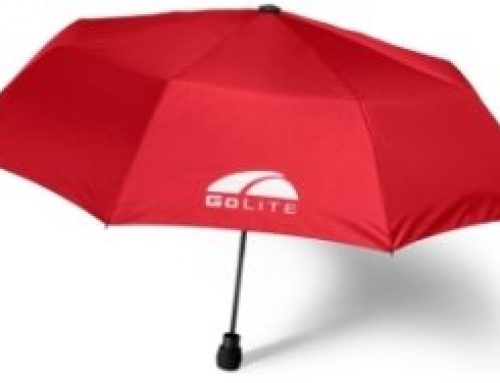Here are some tips and hints that may lighten your load.
There is a range of options to lighten your hiking load. It requires considerable thought and planning and some research before making purchases.
Leave items at home.
Consider the duration of your trip, the expected minimum temperature, anticipated weather, and so on. For a single night that spare pair of socks may not be required. Leave spare clothes at home as a general rule if you can get away with it. If rain is very unlikely, then leave the rain gear.
Do you need all those stuff sacks? They all add up. Wrap your poles and pegs inside your tent and wrap all that inside your sleeping mat.
Reduce your food and water load – take only what you need.
Water and food are important but water, in particular, is very heavy. If you are able to replenish your supply en route then you can save kilos. Of course, it may be necessary to take some water purification gear to be safe. If water is going to be available along the way you might also consider packing more freeze-dried foods. You can add the water when required and do your back a favour.
Consider the number of meals you need to carry. Leave a sensible margin for emergency and possible delay but don’t take more than you need just to bring it home with you.
Buy lighter gear, replace heavy items with lighter ones.
Buy some digital scales. I got some kitchen digital scales for $20 from Aldi. Weigh everything that you currently have in your pack and record these weights for future reference and comparison. You will be amazed at the difference in weight between similar items of clothing. Take the lighter spare shirt – it might save you 100g. It all adds up.
Lots of options – just like computers – you pay more for less. You have to do your research before you buy gear. I have to avoid impulse buying of ‘bargains’ and make more considered purchases where weight is a key factor in the decision. Note that less weight often means less durability so the more expensive lighter item will often not have the same life span as the less expensive but heavier item.
Toss up the convenience of a water bladder for recycled Coke or soft drink bottles. Water bladders with their tubing are usually heavier.
Change your sleeping bags with the seasons. There is no point taking your 1-kilo winter bag on a summer hike when a 500-gram one will do fine.
Swap some of your 10g tent pegs with 2g titanium ones.
According to Joe’s Ultralight Packpacking there are 3 major items that contribute to your load and need the most attention:
- Tent. There are plenty of options for tents at a kilo or less per person.
- Backpack. There is no real need to carry a pack that weighs more than 2 Kg unless you are carrying very large loads say over 20Kg.
- Sleeping bag. Depending on your season there are bags that will suit most conditions for a kilo or less.
You can keep your costs down by taking your time and using eBay or watching for closeout deals or sales. In my part of the world, the major stores like Macpac and Kathmandu have sales around Christmas time and many items are available at half regular prices. Plan and you can save a lot of money.
Try combo items
Depending on the season you might want to carry a single water-resistant soft shell instead of a separate fleece plus rain jacket.
A self-inflating pillow (or a piece of bubble wrap) can be used as a seat cushion such as the Thermarest Lite Seat – save 100 g.
If you take a camera and a phone you might consider upgrading your phone for one with a better camera on board. Also, the mobile phone may have a radio tuner onboard – leave the transistor radio at home.
Reduce the weight of what you already have
It might not sound much but if you inspect your load there may be a number of ways of reducing weight. Some of the really dedicated weight watchers cut labels or spare buttons from clothing, drill holes in the toothbrush or cutlery handles.
Remove unnecessary straps, ties, and clips from your backpack.
Are the waist ties/bands on your jackets necessary? Perhaps the detachable hood on a jacket can be removed.
Here is what I use: My Rig




